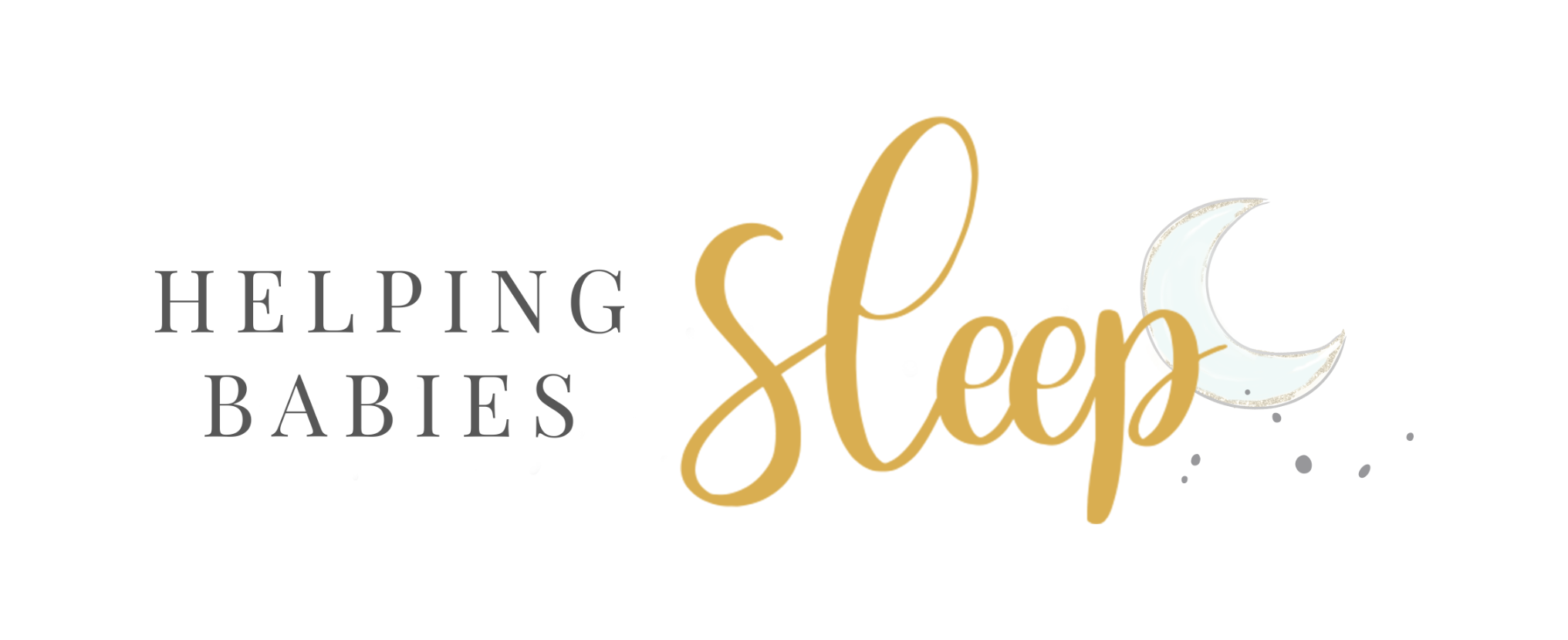Have you ever heard of the EASY routine? If you have, or haven’t you are in the right place, because we are going to talk about the common mistakes that people make when using the EASY routine. So keep on reading!
What is E.A.S.Y routine?
The EASY routine was a term coined by Tracy Hoagg of The Baby Whisperer book. What does the EASY routine even stand for? Let’s break it down.
E- is for eat. Your baby eats. Then moves onto A.
A - is for activity including playtime such as tummy time
S - is for sleeping
Y - is for you time, everyone’s favorite
Why is the EASY routine important and valuable?
The idea is that you are keeping feeding away from sleeping. Many times what tends to happen is that parents will feed their little ones to sleep. There is nothing wrong with that. However, what happens to many families over time is that their babies wakes up to the world at 4 months, goes through a big sleep regression and then they must be fed to go back to sleep. The baby has associated feeding with sleeping. This can also become a challenge in a breastfeeding situation if the mother is the only person who can put the baby to sleep because baby MUST be fed to fall asleep. The idea of the EASY routine is to keep feeding away from sleeping and use other more sustainable methods to help your little one fall asleep.
The EASY routine aligns well with The Helping Babies Sleep method in that it keeps feeding away from sleeping.
Mistakes People Make With the EASY Routine.
The main pitfall people fall into is thinking that their baby must be fed on every wake up.
- If your child is taking short naps this means your feed might only be 1.5 to 2 hours apart which is often not enough time for your child to be very hungry. Thus they come to the breast and have a small feed. They fall into what I’ve called the “snacking cycle.” They take short frequent feeds and thus need to feed more in the night to achieve their daily intake.
- In addition often babies who are taking short naps aren’t getting enough sleep and they wake up crying, indicating they are still tired. However, for some parents who are trying to “read the signs” it can be hard to know what the tears are about and they will offer food… and feed baby back to sleep, perpetuating the feeding to sleep cycle.
The EASY Method fits well into The Helping Babies Sleep Method. The Helping Babies Sleep Method has the goal of dissociating feeding from sleeping but is more elaborate. The Five Pillars:
- Pillar1: The drive to sleep is biological, but the way we sleep is learned.
Therefore we want to keep feeding away from sleeping so your child doesn’t learn to associating having to eat to fall asleep.
- Pillar 2: Timing. This includes the timing of feeding and of sleeping. Putting kids own too early or too late can make it harder for them. Same goes for feeding.
We have a useful tool to help you with this in our simple 6 question Sleep Quiz.
- Pillar 3: Being an Intentional Feeder. This speaks to the idea that we want to position feeding for fuel. We want our babies to come to the breast or bottle and take a full feed rather than a snack which can cause a parent to doubt themselves in their daily flow . Are these fussies due to hunger or fatigue? Being intentional about feeding can help rule hunger out.
- Pillar 4: Assisting sleep to happen. In the newborn stage, less than 4 months we still need to help our little ones sleep but we can do that without having to feed to sleep. There’s nothing wrong with feeding to sleep and it’s a great tool to fall back on for a fussy baby but we just don’t want for you to be the only way your child can fall asleep.
- Pillar 5: Being a great troubleshooter. If you have a newborn who isn’t sleeping we have to figure out why that is!
These are the 5 pillars for Helping Newborns Sleep from 4 weeks to 12 weeks of age. Yes, you can proactively work on what I call, gentle newborn sleep shaping. After 4 months of age that’s when we work on more focused sleep teaching to help change unsustainable habits.
Want a step by step approach to either of these scenarios? That’s what I teach in my book, The Helping Babies Sleep Method: The Art and Science of Teaching Your Baby to Sleep for babies 4 weeks to 24 months of age.
The book was #1 Best Seller recently.

